Microphone maker Rode’s parent company, Freedman Electronics, turns 50 this year, and at the Rodeshow 2017 (see what they did there?) party they’re throwing to celebrate they have announced a pair of new microphones I’m sure are going to find a home in a lot of kit bags.
The original Rode VideoMic Pro is one of those products that quickly became ubiquitous, allowing DSLR users to record much better sound than what’s possible using internal camera mics. Priced keenly and offering a good performance to cost ratio, the VideoMic Pro has been a staple mic for small camera shooters.
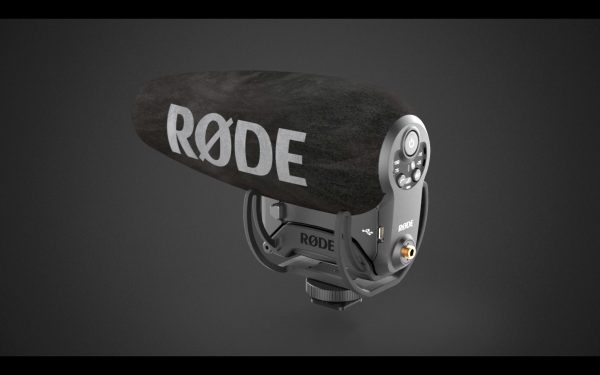
Enter the Rode VideoMic Pro+
The Video Mic Pro+ is a substantial update that brings a lot of upgraded features to the on-camera mic. Circuitry has been borrowed from the Stereo VideoMic X, and the back of the mic features a two stage high pass filter (at 75 and 150Hz), output level control and a high frequency shelf. The output cable is now detachable – the mic will ship with a locking 3.5mm to 3.5mm jack plug but the VideoMic Pro + will also connect to smartphones via Rode’s SC range of cables. One less adapter for mojo users to lose, which can only be good news.
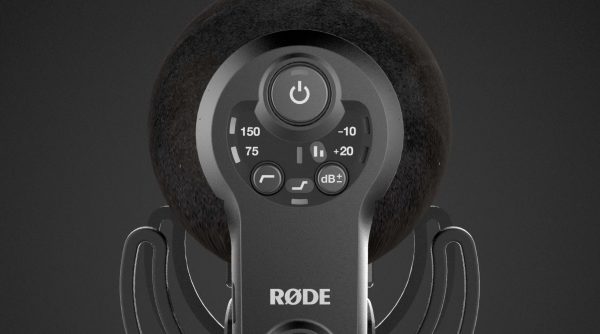
The windshield has also been updated and now features microfibre flocking and better all-around protection from the wind without the need for a furry deadcat. One carry over from the previous model is the Rycote Lyre suspension, which in itself was a huge upgrade from the original’s ‘elastic bands under tension’ isolation mechanism.
New Power Generation
The mic can now be powered by AA batteries, which are more widely available and much cheaper than the 9V brick style batteries the previous model used. The mic also comes with Rode’s new LB1 lithium ion battery, which sits in the same compartment as the AAs but will provide a longer run time – the company claims up to 100 hours. This looks like a really good idea and means if you do run out of juice while shooting you’ll be able to pop some AA batteries in and carry on until you’re able to stop and recharge the mic’s own battery.
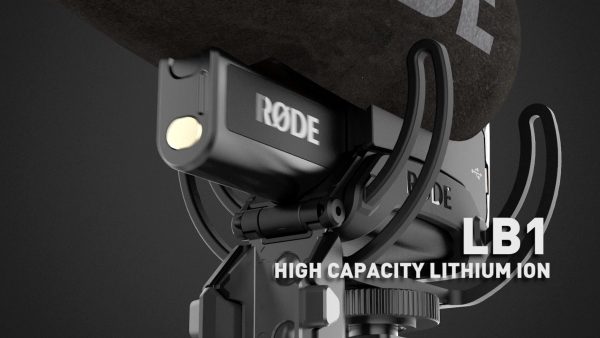
The LB1 recharges in situ via a micro USB connector on the side of the mic’s body. It’s also possible to bypass the battery power altogether and power directly from the USB port via outputs from your camera’s existing power supply.
Auto Power Sensing
Perhaps the biggest single improvement isn’t visible from the outside, however. If your camera provides plug-in power via the mic socket the VideoMic Pro+ can power on and off automatically. The microphone can sense when the camera is turned on and will turn on as well, and will turn itself off when you turn the camera off or disconnect the 3.5mm jack. If this feature works as advertised I’d say it’s worth the price of admission on its own. I’ve had to edit a lot of DSLR footage where the shooter has connected a microphone but forgotten to turn it on, resulting in stony silence. And yes, full disclosure, sometimes that shooter was me.
No word on pricing or availability yet, or whether it will replace the existing Video Mic Pro or be sold alongside it. I’m hoping that the new fancy electronics from the more premium priced Stereo VideoMic X won’t bump up the cost of the Video MicPro+ too much – but we’ll let you know more details when we have them and take one for a test drive as soon as we’re able.
Not Only but Also: 360° sound capture goes mainstream
Also announced at the company’s Rodeshow is the VideoMic Soundfield. Following the acquisition of ambisonic specialists Soundfield, this is Rode’s attempt to make 360° sound capture accessible to anyone who’s producing immersive content. Up to now it’s been a high-end specialist application, used to capture 5.1 audio from sports events, for example.
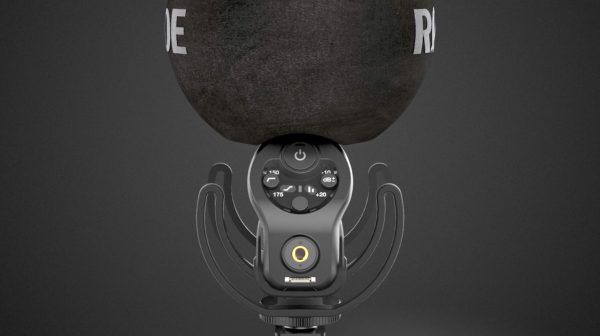
VideoMic Soundfield
The VideoMic Soundfield is aimed firmly at the lone owner-operator, however. It uses four capsules on a familiar Lyre shockmount to record raw sound in ‘Soundfield A’ format. This can then be processed via software to ‘Soundfield B’ format, which is where the fun starts. Taking the raw recording it’s possible to tune the signal and simulate three different pickup patterns. So you can, for example, make the audio sound like the directional mono signal from a VideoMic Pro, much like a traditional shotgun mic. Or there are two different stereo options: narrow which is suitable for general ambience, or wide, which is particularly suited to 360° use.
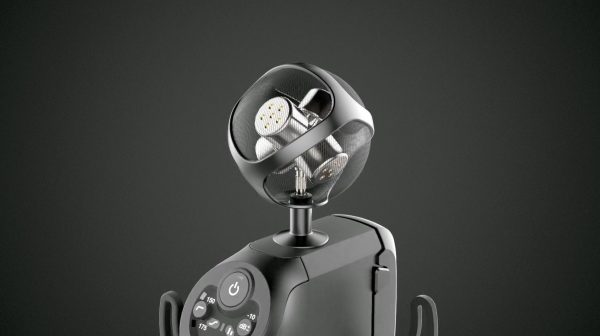
The mic itself can also handle the A format to B format conversion, so you can control the sound you’re recording at the point of capture. There’s a standard 3.5mm jack and also a multipin connector for a four channel ambisonic signal that you can use to take a feed to a live mix.
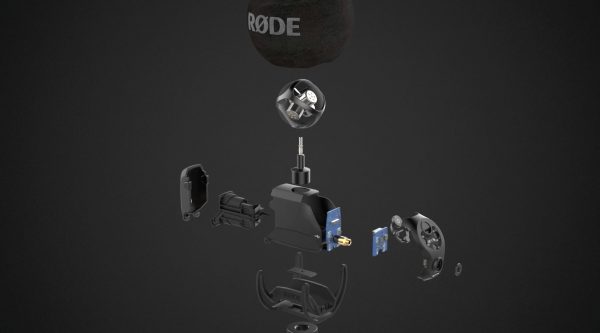
One Mic to Rule Them All?
Rode describe the VideoMic Soundfield as their ‘most flexible video mic’ and it looks like a great option for anyone capturing 360° video – however I’d say it’s also worth a look if you’re looking for (or can only afford) a single mic that’s flexible enough to use as an on-camera directional mic and as to capture ambience. Again, we haven’t had a chance to play with one yet but if the modes are as distinct-sounding as the company suggests the VideoMic Soundfield could be a good investment.
We’ll update this article once we have more details on prices and availability on both new VideoMics.





